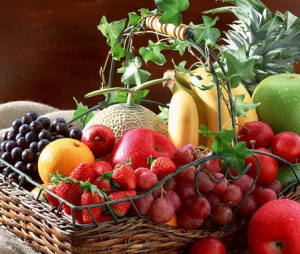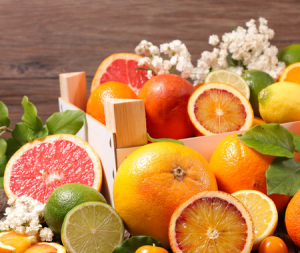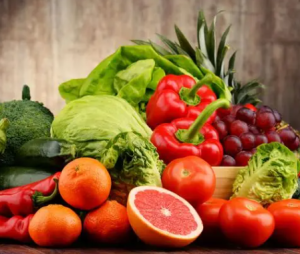Food coloring has been a popular ingredient in the food industry for decades, used to enhance the color of food and make it more visually appealing. However, many commercial food colorings contain artificial ingredients that may be harmful to our health. Natural food coloring provides a healthier alternative, allowing us to create vibrant and colorful meals without compromising our well-being.
What is Natural Food Coloring?
Natural food coloring is made from ingredients found in nature, such as fruits, vegetables, and spices. Unlike artificial food colorings, natural food colorings do not contain synthetic ingredients or additives that may be harmful to our health. In addition, natural food coloring provides a range of health benefits, including vitamins, minerals, and antioxidants.


Benefits of Natural Food Coloring
One of the primary benefits of natural food coloring is its health advantages. Many natural ingredients used in food coloring contain high levels of vitamins, minerals, and antioxidants that promote health and well-being. For example, turmeric, a common natural food coloring ingredient, contains curcumin, a powerful antioxidant that has been linked to a range of health benefits, including reducing inflammation and improving brain function.
In addition, natural food coloring is more environmentally friendly than artificial food coloring. Synthetic food colorings are often made from petroleum, a non-renewable resource that requires significant energy to produce. Natural food coloring, on the other hand, is made from renewable resources and is often produced using sustainable farming practices.
Uses of Natural Food Coloring
Natural food coloring can be used in a variety of ways to add color and vibrancy to meals. It can be used in baking, such as adding natural food coloring to frosting or cake batter to create a rainbow of colors. It can also be used in cooking, such as adding natural food coloring to pasta dough to create colored noodles or adding natural food coloring to smoothies to create colorful drinks.
Natural food coloring can also be used to create healthier versions of popular food items. For example, instead of using artificial food coloring to make colorful candy, natural food coloring can be used to create fruit snacks or homemade gummies that are both colorful and healthy.


Kemfood - A Leading Provider of Natural Food Coloring
If you are interested in incorporating natural food coloring into your meals, Kemfood is a leading provider of natural food coloring solutions. Kemfood offers a wide range of natural food coloring products, including powders, liquids, and pastes, made from natural ingredients such as beetroot, turmeric, and spirulina.
Kemfood's natural food coloring products are high-quality, easy to use, and provide a range of health benefits. In addition, Kemfood is committed to sustainability, using eco-friendly and sustainable practices in its production processes.
Conclusion
Natural food coloring provides a healthy and environmentally friendly alternative to artificial food coloring. With the use of natural ingredients such as fruits, vegetables, and spices, we can create vibrant and colorful meals without compromising our health or the environment. Kemfood is a leading provider of natural food coloring solutions, offering a range of high-quality and sustainable products that can be easily incorporated into your meals.


